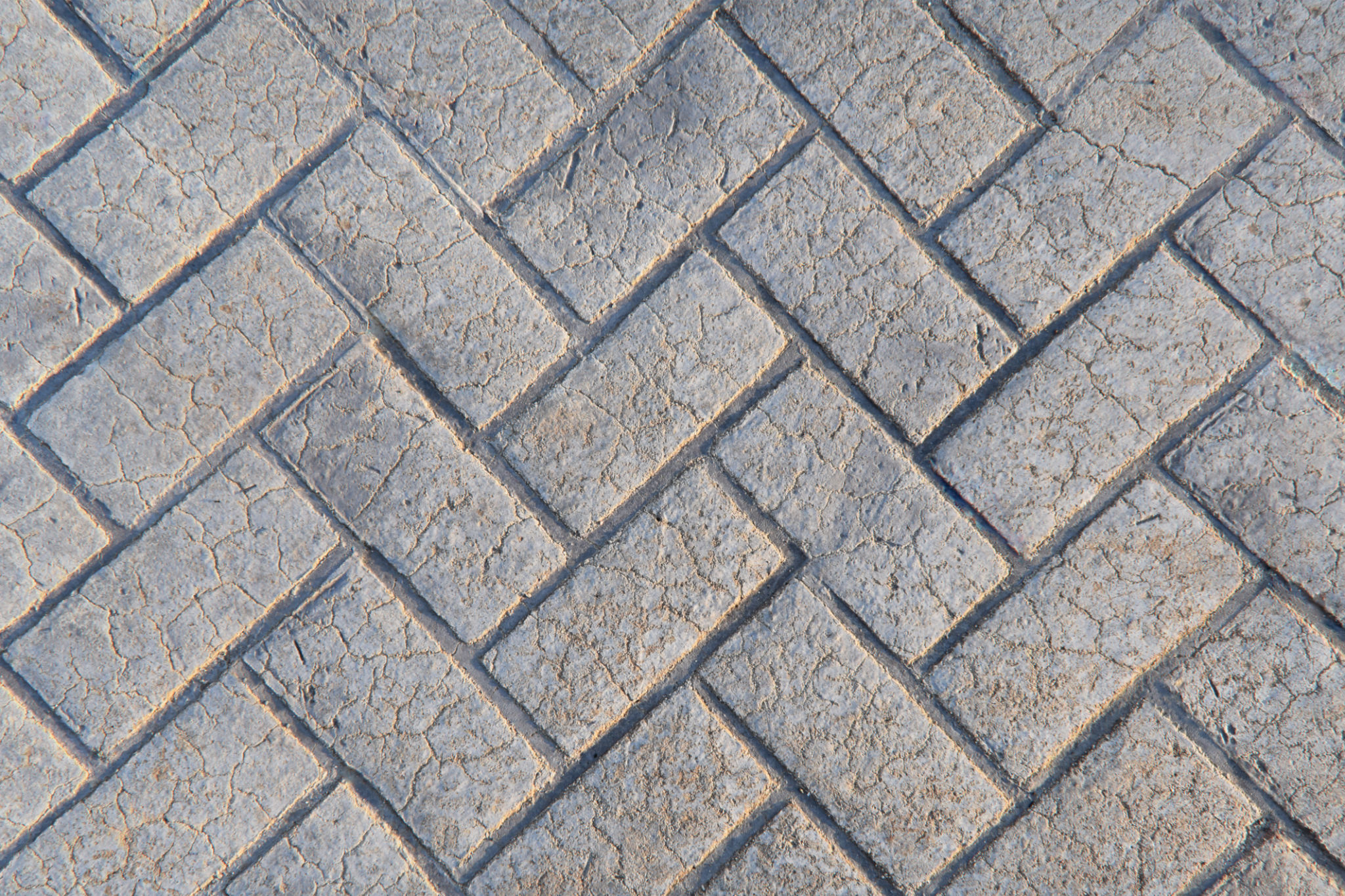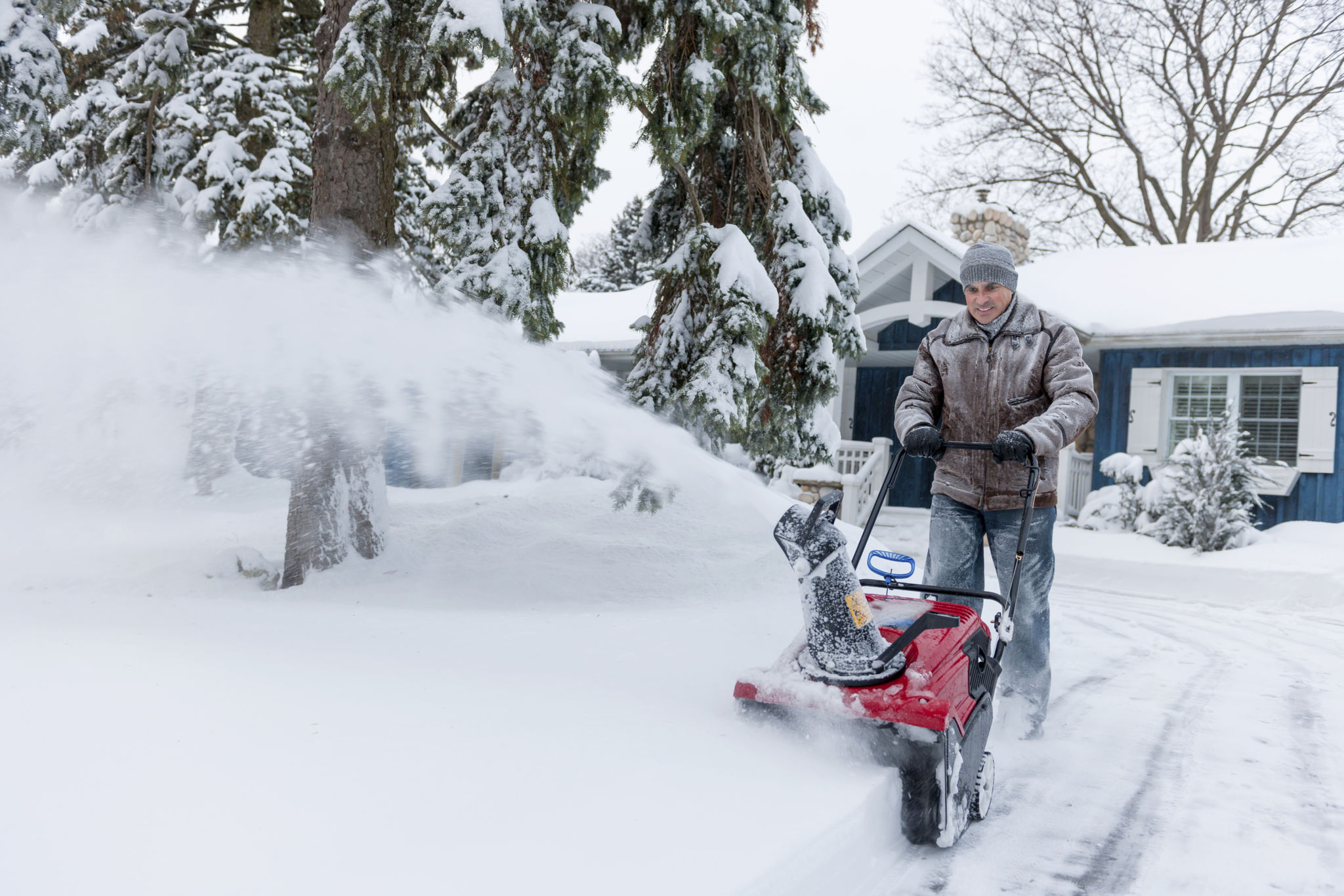Preparing Your Property for Winter: Concrete Maintenance Tips
Understanding the Impact of Winter on Concrete
Winter can be particularly harsh on concrete surfaces. The combination of cold temperatures, snow, and ice can lead to cracking, spalling, and other types of damage. Understanding these potential issues can help you take proactive steps to protect your concrete from the harsh winter elements, ensuring it remains in good condition for years to come.
Concrete is porous by nature, which means it can absorb water. During the winter months, this absorbed water can freeze and expand, leading to cracks and surface damage. Additionally, de-icing chemicals used to manage ice and snow can further exacerbate this issue by penetrating the surface and causing deterioration.

Inspecting Your Concrete Surfaces
Before winter sets in, it's important to conduct a thorough inspection of all your concrete surfaces. Look for existing cracks, chips, or other signs of wear and tear. Addressing these issues before the cold weather arrives can prevent them from worsening and becoming more costly to repair.
If you find any damage, consider using a concrete patching product to fill in cracks or chips. This will help prevent water from seeping into these areas and causing further damage when the temperature drops.
Sealing Concrete for Added Protection
One of the most effective ways to protect your concrete surfaces from winter damage is by applying a high-quality sealer. Sealing your concrete creates a protective barrier that helps prevent moisture from penetrating the surface. This can significantly reduce the risk of cracking and other damage caused by freeze-thaw cycles.

When choosing a sealer, opt for one that is specifically designed for winter protection. These sealers are typically more resistant to harsh weather conditions and can provide better long-term protection for your concrete surfaces.
Maintaining Safe Driveways and Walkways
Keeping driveways and walkways safe during winter is a top priority for many homeowners. However, it's essential to choose de-icing products carefully to prevent damage to your concrete. Traditional rock salt can be particularly harmful, causing scaling and surface deterioration over time.
Instead, consider using alternative de-icing products that are less damaging to concrete, such as calcium magnesium acetate or sand. These options provide effective ice control while minimizing the risk of damage to your surfaces.

Regular Snow Removal
Regular snow removal is another crucial aspect of maintaining your concrete surfaces during winter. Allowing snow and ice to accumulate can increase the likelihood of damage, as it increases moisture exposure and weight on the surface. Use a plastic shovel or snow blower to clear snow without risking scratches or abrasions.
If you notice any ice buildup, avoid using metal tools to chip it away, as these can easily damage the concrete. Instead, use a safe de-icing product or wait for warmer temperatures to naturally melt the ice.
Conclusion
Preparing your property for winter involves taking proactive steps to protect your concrete surfaces from potential damage. By inspecting for existing issues, applying a quality sealer, choosing the right de-icing products, and maintaining regular snow removal, you can ensure your concrete remains in excellent condition throughout the colder months. These simple yet effective measures will help preserve the beauty and functionality of your property's concrete surfaces, saving you time and money on potential repairs in the future.
